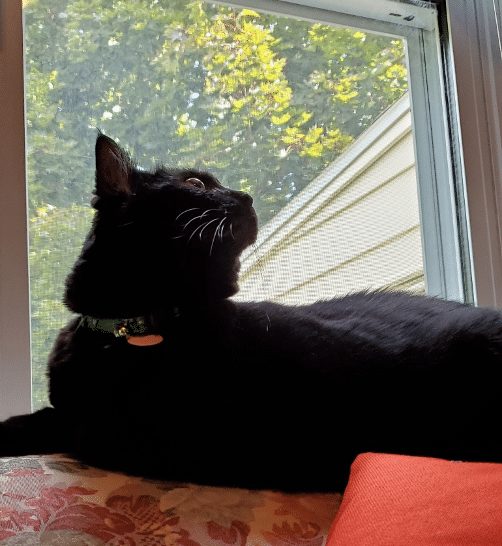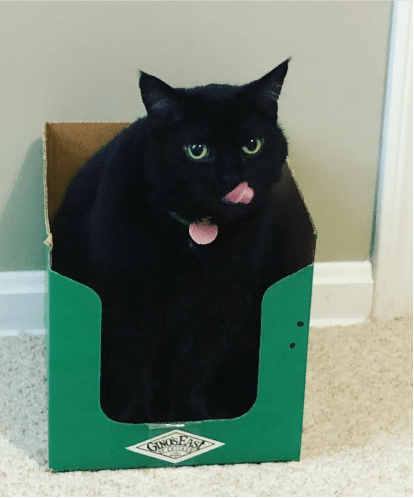The number 13, four-leaf clovers, walking under an open ladder, stepping on a crack in the sidewalk, and opening an umbrella inside are just a few of the superstitions that I learned about as a child—either from my own family or from friends. As an adult, it might be easy to laugh off superstitions or look at data to “disprove” them, but there is no denying that superstitions are present in cultures across the globe. And they have a real impact on the way people experience the world.
A study published in the International Journal of Psychology and Behavioral Sciences describes the possible origin of superstitions as a way of creating the perception of “having control over outer conditions” (1). This means that superstitions are used to create understanding and exert control over aspects of our lives that we may have little to no control over, like the weather. Additionally, in an interview with the British Psychological Society psychologist Stuart Vyse explains there is evidence that performance in skills-based activities may be improved when “luck-enhancing” superstitions are employed (2). His statement suggests that superstitious behavior has a psychological benefit or reduction in anxiety for the individual.
Now that we have a small understanding of the origin and impact of superstitions, I’d like to look specifically at one object of superstition that often appears around this time of year: black cats.

Before taking the time to learn more about the superstitious history of black cats, I thought that they were only considered a sign of bad luck, but I quickly discovered that this is not the case! Black cats appear in the folklore of many more cultures as both good and bad omens. In some European folklore, black cats are considered common companions of witches and bringers of misfortune if they happened to cross your path. In contrast, Welsh folklore depicts black cats would bring luck to a home and could even be a reliable weather predictor (3).
Did you know of these superstitions about black cats? Are there any other superstitions or other lucky rituals that you practice?

If this post inspired you to adopt a black cat of your own, don’t forget to check out our Cat Adoption Guide!
Riley A. Riley is a Gallery Experience Presenter in CMNH’s Life Long Learning Department. Museum staff, volunteers, and interns are encouraged to blog about their unique experiences and knowledge gained from working at the museum.
Sources:
1. Mandal, F. (2018). Superstitions: A Culturally Transmitted Human Behavior. http://article.sapub.org/10.5923.j.ijpbs.20180804.02.html
2. Fradera, A. (2016, November). The everyday magic of superstition. https://thepsychologist.bps.org.uk/volume-29/november-2016/everyday-magic-superstition
3. Owen, E. (2006). WELSH FOLK-LORE: A collection of the folk-tales and legends of north wales. Project Gutenberg. http://www.gutenberg.org/ebooks/20096
